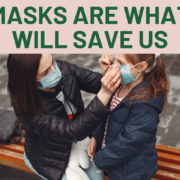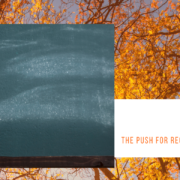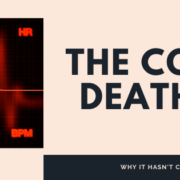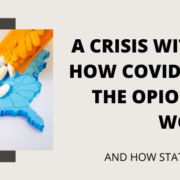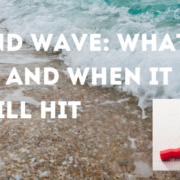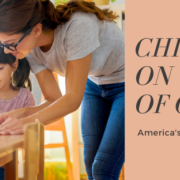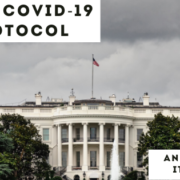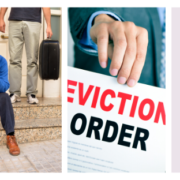Herd immunity has been touted as a strategy to deal with COVID-19, preferably through a vaccine, but also naturally as a last resort if the virus continues to spread unmitigated. What does this mean and will herd immunity be enough to keep us safe?
What is herd immunity?
Herd immunity refers to when enough of the population has been inoculated to a virus that it can no longer be a threat. If someone gets a virus that others in their circle have already had and recovered from, or otherwise have been vaccinated against, it will stop there and not continue to spread due to others’ immunity. Because COVID-19 is a particularly deadly virus, at least 10x more deadly than the flu, exposing the populace to it as a way to get through it faster would have deadly consequences, especially if measures aren’t taken to protect the most vulnerable among us, and if there isn’t effective and well run public health infrastructure.
How is it achieved?
Herd immunity is usually achieved either through a vaccine or if enough of the population has become immune. For example, measles requires 19 out of 20 people to have been vaccinated for effective herd immunity. Ideally, with a virus as highly contagious as SARS-CoV-2, cases would be controlled and the spread of the virus mitigated through public policies such as lockdowns, social distancing protocol and mask mandates until a viable vaccine is created.
Is herd immunity possible with COVID-19?
Here is the underlying issue. COVID-19 antibodies don’t seem to stick around for long. This is bad for people and governments hoping that growing immunity would eventually stop the virus. So far, there is no evidence that if you get COVID-19, that you can’t get it again. On April 24th, the World Health Organization said that “there is currently no evidence that people who have recovered from COVID-19 and have antibodies are protected from a second infection.”
What does this mean for a vaccine?
There are currently 21 vaccines in clinical trials and 139 other vaccines in preclinical evaluation. Eventually we will get a safe and effective vaccine, preferably with a 75% efficacy rate by early 2021. However, Dr. Fauci has said that if 25% or more of the population refuses the vaccine, which is likely given the anti-science, anti-establishment, anti-vax prevalence in this country, a 75% effective vaccine will not be enough to reach herd immunity. And that’s with the assumption that the vaccine would be that highly effective and that immunity would last. More likely is a scenario of an initial vaccine with 40% efficacy and periodic boosters necessary to maintain immunity. The end goal would be to “identify the best vaccine strategies able to overcome these problems and stimulate a large, sustained, optimal, immune response in the way the virus failed to do,” says Prof Danny Altmann, the British Society for Immunology spokesperson and Professor of Immunology at Imperial College London.
We don’t want to have the virus sweep through our entire population, killing the most vulnerable and decimating our communities until we reach a point where the majority (that’s left) is immune. But thanks to a lack of federal coordination and intervention, that is now what we are involuntarily hurtling towards.
In the back of our collective minds, there is an assumption that even if it is horrific and comes at the cost of many preventable deaths, there will at least be an eventual end to the chaos. But that’s where we may be wrong. Current research shows that COVID-19 antibodies may last for as little as two months, and having had the virus is no guarantee that you won’t be reinfected–which leaves us with no definitive end in sight.
All hope is not lost. New Zealand has declared the country free of any active COVID-19 cases. Just yesterday, New York City, once the epicenter of the outbreak in the US, reported no new COVID-19 deaths. This was achieved without a vaccine or herd immunity and if they can do it, other parts of the nation can do it, too.
Wear a mask, wash your hands, social distance and avoid poorly ventilated indoor spaces whenever possible.
Yours in Strength,
The Take Back Control Team

